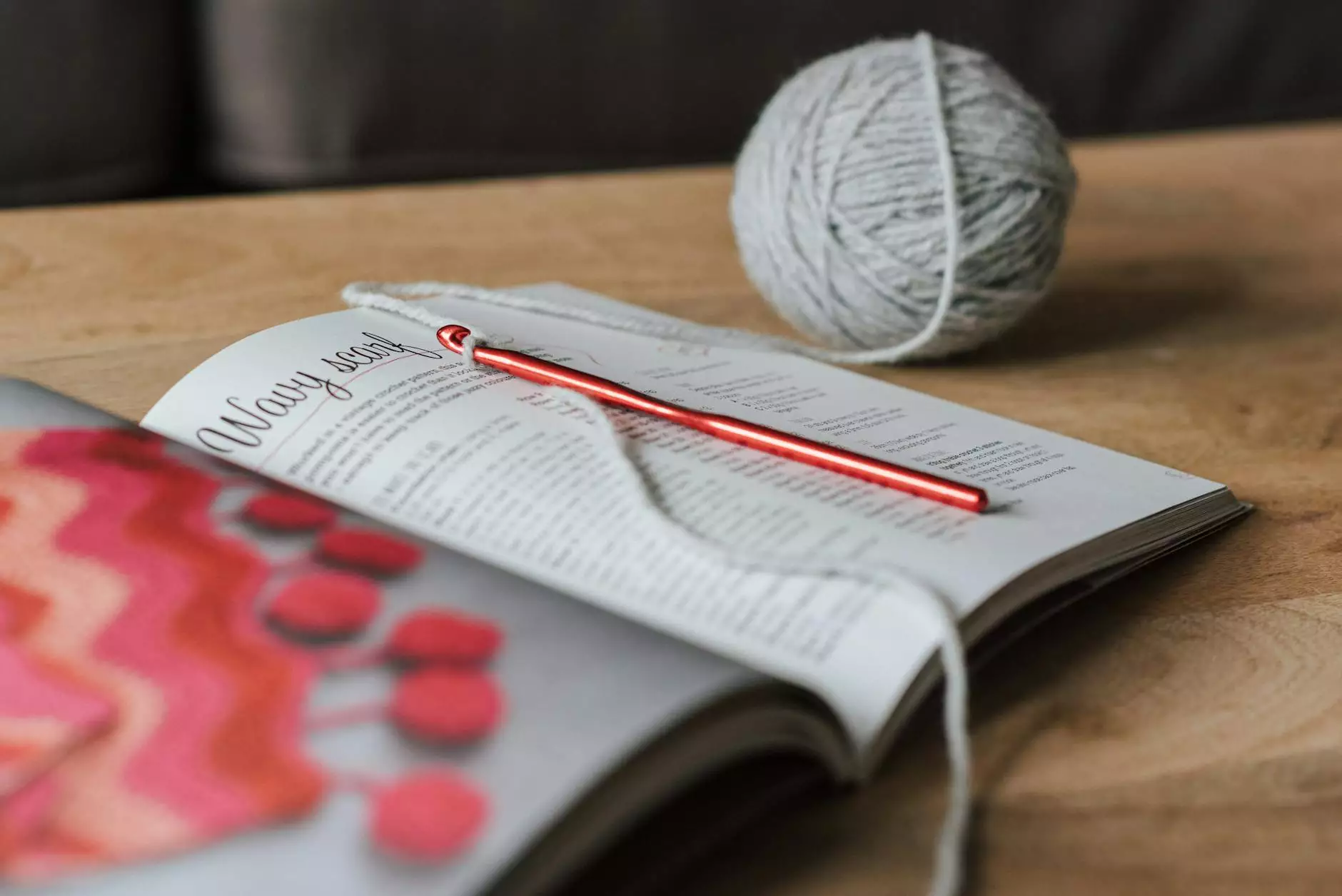What Order Do Adjectives Go In?
English Grammar Lessons
Introduction
Welcome to NJCLT's informative guide on the correct order of adjectives in the English language. Understanding the appropriate sequence of adjectives is crucial for effective communication and writing. By mastering this skill, you will be able to express ideas more accurately and eloquently.
Why Order of Adjectives Matters
The order in which adjectives should appear is not arbitrary. It follows specific rules and patterns that native English speakers intuitively understand. However, for non-native English speakers, grasping this concept may require some guidance. Here at NJCLT, we aim to provide you with the necessary knowledge to excel in your English language skills.
The General Order of Adjectives
In English, adjectives generally follow a specific order when describing a noun. The typical order is as follows:
- Opinion - This describes the speaker's view or evaluation of the noun.
- Size - This refers to the physical dimensions of the noun.
- Age - This indicates the age or period of existence of the noun.
- Shape - This describes the physical shape or formation of the noun.
- Color - This refers to the color of the noun.
- Origin - This specifies the geographic or cultural origin of the noun.
- Material - This denotes the substance or material the noun is made of.
- Purpose - This describes the intended use or function of the noun.
It is important to note that not all adjectives will fall into each category, and there may be exceptions to these rules. However, understanding the general order provides a solid foundation for constructing coherent and grammatically correct sentences.
Examples
Correct Order:
Let's explore some examples to further illustrate the correct order of adjectives:
- A beautiful (opinion) little (size) old (age) square (shape) blue (color) Chinese (origin) ceramic (material) decorative (purpose) plate.
- He bought an expensive (opinion) Italian (origin) sports (purpose) car.
- She wore a long (size) flowy (shape) red (color) silk (material) evening (purpose) gown.
Incorrect Order:
Here are examples of adjectives used in an incorrect order:
- *An Italian (origin) expensive (opinion) sports (purpose) car.
- *A blue (color) big (size) wooden (material) toy (purpose) truck.
- *A round (shape) plastic (material) small (size) red (color) ball (purpose).
Practicing the Order of Adjectives
Mastering the correct order of adjectives requires practice. NJCLT offers a variety of exercises and lessons to help you develop this skill. Our expert tutors are available to guide you through the process and provide valuable feedback.
By consistently practicing and utilizing the correct order of adjectives, you will enhance your English language proficiency and communicate more effectively in both spoken and written forms.
Conclusion
Understanding the order in which adjectives should be used is an essential aspect of becoming proficient in the English language. NJCLT is dedicated to supporting your language learning journey and providing you with the resources needed to excel in your studies.
Remember, mastering the order of adjectives will not only improve your language skills but also enable you to express yourself more precisely and confidently. Start practicing today and experience the difference it can make in your English communication!




